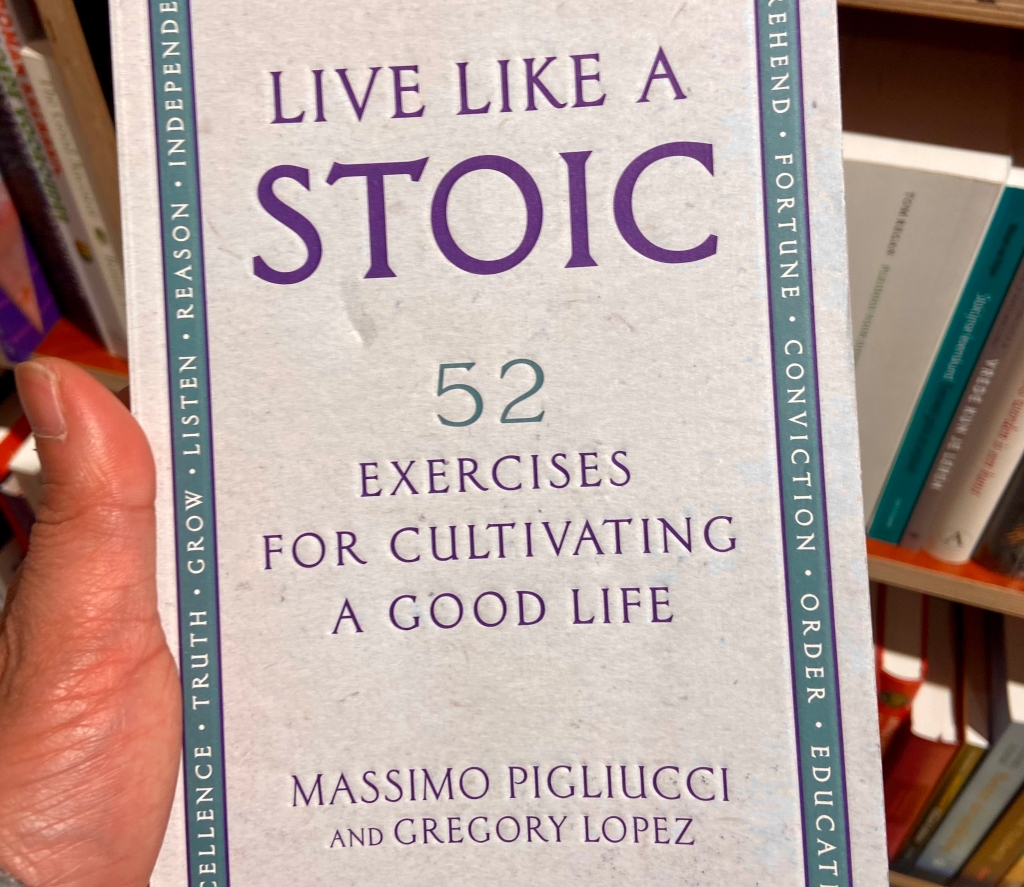
The philosophy of Stoicism teaches us to focus our energy and resources to the the things that are under our control. For obvious reasons, there is no sense to worry and obsess about the things in our lives over which we do not have (complete) control. The ancient Stoics refer to this idea as the dichotomy of control.
In a nutshell, the only things that are ultimately under our control are how we think; how we respond and relate to certain events in our lives; and our decisions on what we think is more important to us. In other words: we only have control in the domains that are within ourselves.
We cannot control the opinion of others, how other people respond or react, the outcome of our endeavours, and many others.
But modern Stoics, such as Gregory Lopez and Massimo Pigliucci, through their book entitled Live Like A Stoic: 52 Exercises for Cultivating Good Life, rethinks the Stoic concept of the dichotomy of control by proposing another aspect: The things we can influence but cannot completely control.
This third category can be dissected into two sub-parts: first, the part that we cannot control but influence. For instance: actually winning a match. And second, the part we can control, which may influence the outcome. For instance, doing your best while playing the game.
Continue reading





